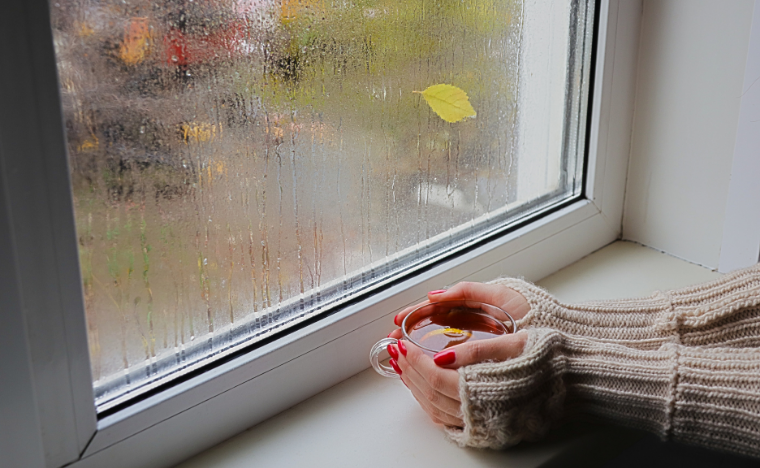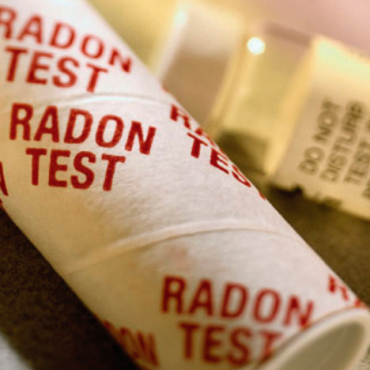How to tackle condensation this winter
Condensation dampness is more common than you may think.
Do these issues sound familiar?
- Streaming windows
- Fogged up glass
- Damp surfaces
- Musty smells
- Mould patches
These are the tell-tale signs that condensation is occurring in the home.
Older homes are particularly vulnerable to condensation, but even newer homes that are well-insulated can suffer from condensation dampness. As winter sets in and temperature starts to drop, many of us will notice the problem more.
Moisture-producing rooms, such as kitchens and bathrooms, are most affected by condensation dampness. Outside-facing walls and windows are common problem areas too. This is because the warm, moist air that is produced in the home moves to cold spots throughout the property and condenses back into water droplets. Wiping up these wet areas doesn’t resolve the issue for good, however.
Prolonged exposure to condensation may result in the appearance of black mould patches on walls, ceilings, furniture, fabrics, and clothing. Condensed water provides the ideal conditions for mould spores already in the air to germinate and grow, damaging your walls, furniture, and clothes. It also contributes to health problems and increases the number of dust mite allergens in the home, which aggravates the symptoms of asthma.
The good news is that you can reduce the problem by taking some simple steps:
1. Minimise moisture
- Avoid drying your clothes on radiators inside the property whenever possible as this is a major contributor to condensation.
- When producing steam in the bathroom or kitchen, shut the door to prevent the humid air from spreading to the rest of the house.
- Keep doors closed on very cold rooms. Remember that moisture will travel through the property until it comes into contact with a cool surface, such as a window or wall, where it will settle and in some cases penetrate.
2. Increase ventilation
- Keep your trickle vents open whenever possible.
- When you are at home, open a small window in occupied rooms to help let the moisture out.
- Extract fans will ventilate single ‘wet rooms’.
- For more severe and reoccurring condensation problems, your property could benefit from ‘positive input ventilation’.
3. Heating helps
Heating your home can help reduce condensation. However, consistency is the key. Keeping your heating at a low level for a long period of time will gently warm the fabric of the building, reducing the cold surfaces on which warm wet air will condense.
For more information on how to tackle condensation with our low-energy ventilation systems, see our Condensation pages.



